Physical Address
5106 Whitman Way, Carlsbad, CA 92008
Physical Address
5106 Whitman Way, Carlsbad, CA 92008
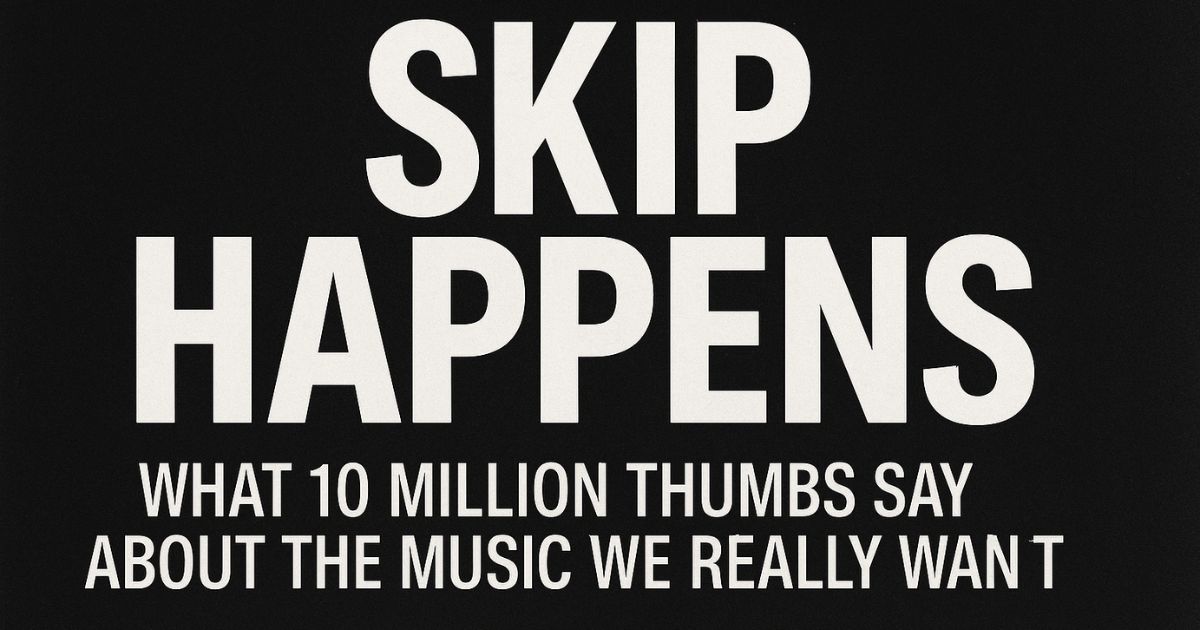
In the age of infinite content and micro-moods, the skip button has quietly become one of the most powerful expressions in modern music culture. Forget reviews, star ratings, or the “like” button—your thumb does all the talking now.
More than a third of all music streams on Spotify are skipped before the 30-second mark. On TikTok, the threshold is even shorter. For artists, that means millions of songs are cut short before the hook hits, the chorus lands, or the emotion builds.
But these skips aren’t just random—they’re tiny, reflexive acts of decision-making that reveal more about our emotional states, attention spans, and cultural conditioning than we realize.
The average Spotify user skips 24 songs per hour. That’s nearly one track every two minutes. The skip, once just a casual control, has become a habit—an extension of the thumb’s learned instinct to flick, swipe, and move on. We skip songs the same way we scroll past a photo, swipe left on a dating profile, or close a video mid-sentence. Fast decisions. No guilt. No delay.
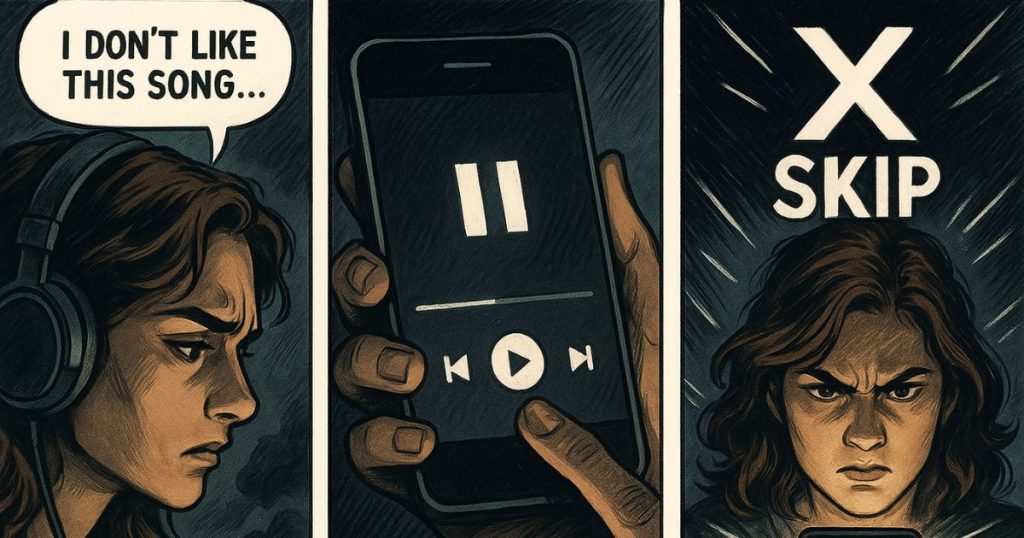
But beneath that gesture lies a telling psychological pattern. Behavioral scientists call it anticipatory impatience—the twitchy mental state we’ve inherited from years of fast gratification: push notifications, autoplay feeds, infinite scrolls.
In this mindset, intros feel like dead air. Choruses are expected to arrive before we even commit to staying. And if a song dares to meander, experiment, or build slowly, it risks being skipped out of existence.
Skipping music isn’t just about taste—it’s emotional self-preservation. It’s our brain’s way of saying, “Not now.” Sometimes it’s about energy mismatch: an upbeat dance track invading a quiet morning. Other times, it’s emotional avoidance: a melancholic melody hitting too close to home.
Digital music psychologist Dr. Lana Ruiz puts it best: “The skip is a diagnostic tool for the soul.”
In milliseconds, we decide whether a song belongs in the current emotional frame. And these decisions are so fast and so frequent that they’ve become a goldmine for understanding listener psychology.
Researchers digging into 10 million anonymized sessions found striking patterns: 73% of all skips happen in the first 15 seconds. Songs with intros longer than seven seconds? Nearly twice as likely to be skipped.
And yet, some of those songs—like Billie Eilish’s Happier Than Ever—have incredibly high save rates, revealing a paradox: the skip doesn’t always mean a song is bad. Sometimes it just means the listener isn’t ready.
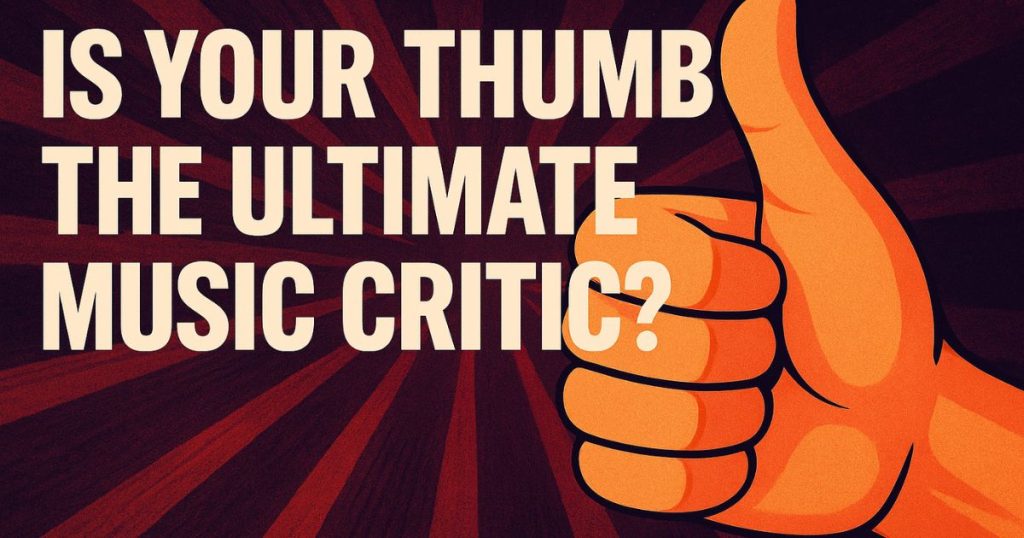
Your thumb is quicker than your conscious thoughts. When you skip, you’re reacting to something visceral: the tone of a voice, the texture of a beat, the memory a chord progression evokes.
A few reasons listeners skip:
In fact, platform data shows skips spike between 3 and 4 PM—peak fatigue hours. We’re more likely to skip when sitting still, and we skip more often when on Wi-Fi than on mobile data (perhaps out of guilt-free bandwidth abundance).
Gen Z, conditioned by TikTok’s rhythm, skips faster than any previous generation.
Top 5 Most Skipped Intro Types
To survive the skip, artists have had to evolve. Song structures are shifting, hooks are front-loaded, and many tracks now begin mid-bar—cutting out silence, ambience, or even context. The average Billboard Hot 100 song in 2024 clocks in at 2 minutes and 38 seconds, down over a minute from two decades ago.
Pop stars like Jungkook and Doja Cat routinely open songs with the chorus. Producers remix tracks specifically for TikTok’s 15-second goldmine. And entire subgenres, like hyperpop, have emerged from this new structure—music made to hit fast and burn bright.
But not everyone is sprinting for the hook. Artists like Fred again.. build with ambient layers, found audio, or voice memos—buying just enough time to slip under the listener’s defenses before delivering the drop. Narrative tricks and surprise intros are strategies designed not just to delay the skip, but to build a sense of curiosity, intimacy, or tension.
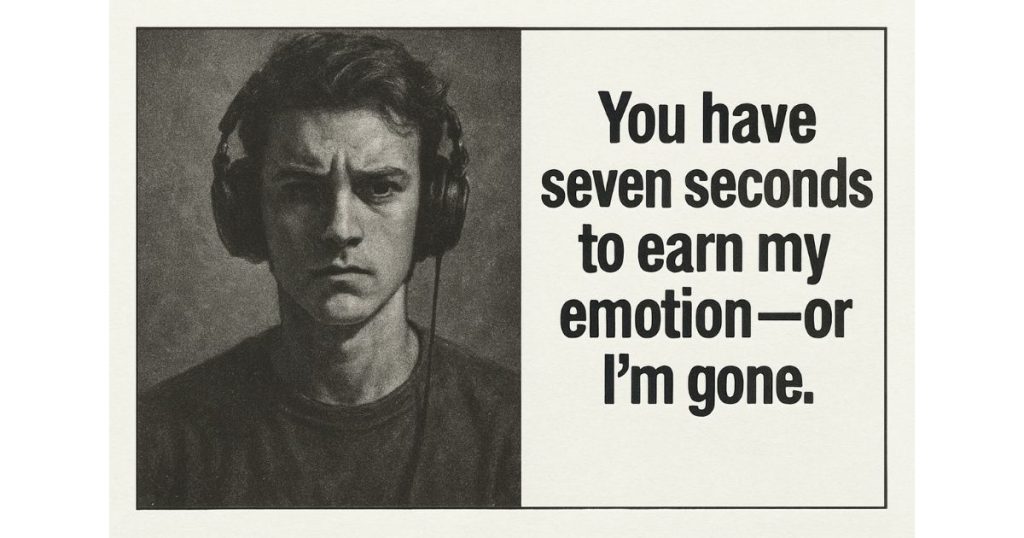
“You have seven seconds to earn my emotion—or I’m gone.”
— @liam.writes.hooks, TikTok songwriting coach
Contrary to what many assume, high skip rates don’t always equal failure. Some tracks are slow burns—songs that grow on listeners after repeat plays. Others may have weak intros but viral choruses. What matters more, data shows, is the save rate—how many people bookmark a track for later. Save rate, not skip rate, is more strongly correlated with long-term success.
This opens up an entirely different layer of insight. The real question isn’t, “Did people skip this song?” but rather, “Did people come back?”
Today’s music industry is built around skip data. Playlist curators factor it in alongside completion rates. Labels A/B test track intros with software that simulates skip behavior. AI music tools like Boomy and Suno are trained on low-skip patterns—feeding a loop that favors predictability over experimentation.
Spotify’s own algorithm penalizes songs with early skips. These tracks fall off Discover Weekly, get dropped from Release Radar, and lose autoplay priority. In other words, skip data doesn’t just inform platforms—it controls them. And that means songs can vanish before fanbases ever form.
Genre matters. Pop, trap, and hyperpop see the highest skip rates—sometimes topping 40% in the first 30 seconds. Meanwhile, ambient, jazz, and lo-fi have far lower skips, likely because they’re chosen with intentionality. They offer mood stability, not emotional surprise.
One surprising stat: Lo-fi hip-hop has a lower skip rate (18%) than mainstream pop (37%) in a study of 10 million streams. Listeners turn to lo-fi for atmosphere, not novelty. In contrast, pop lives or dies by the first impression.
Even cities vary. Reykjavik, Kyoto, Asheville, Berlin—these are hotspots where slower, longer-form tracks see higher completion rates. Listeners in these places seem to tolerate, or even savor, sonic patience.
Cities with Lowest Skip Rates for Ambient/Electronic
We used to think music’s power revealed itself slowly—through repeated listens, album journeys, and shared headphones. But now, a half-second thumb flick might be the loudest review a song gets.
So what are we really skipping? And why?
Are we rejecting sounds—or emotions? Are we avoiding boredom—or intimacy? And in a world where attention is the currency, are we still capable of sitting with music that makes us feel… uncomfortable?
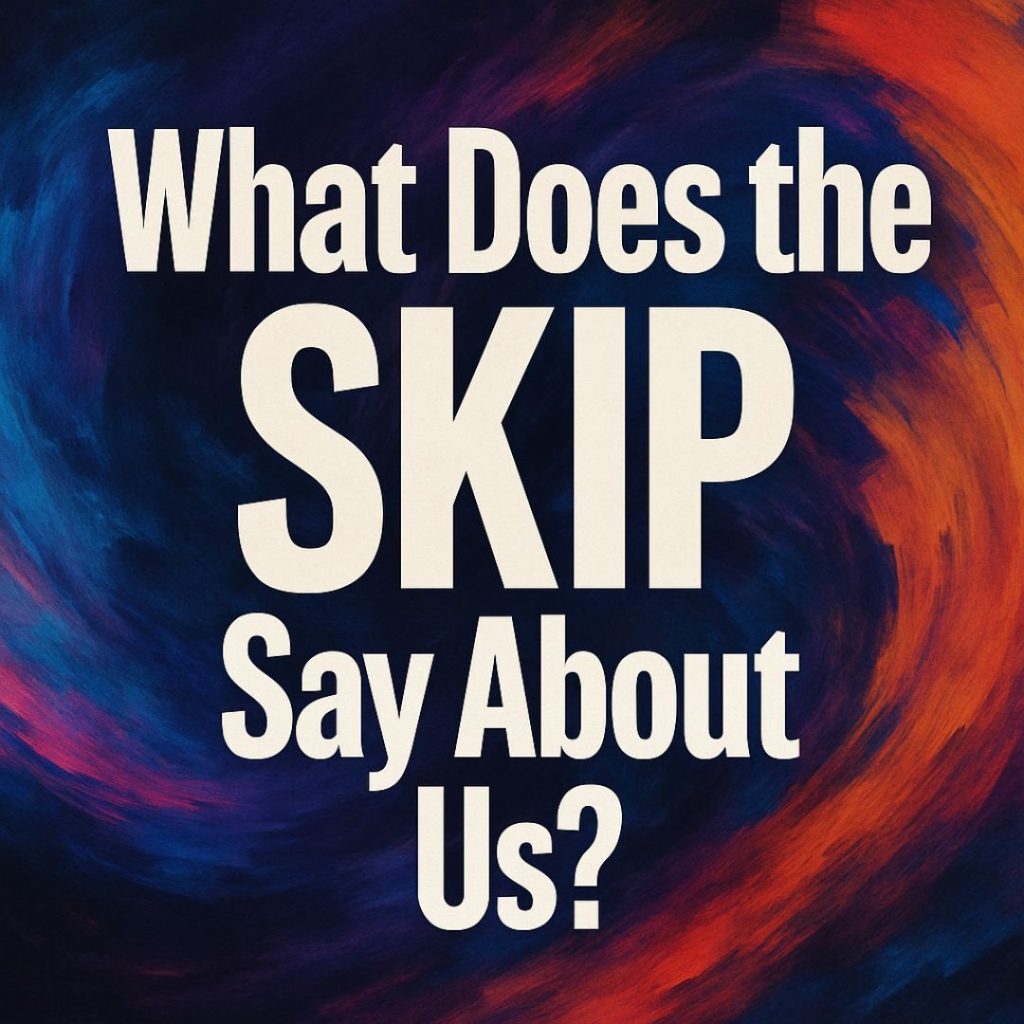
Every skip is a message. Sometimes it says, “Not now.” Sometimes it says, “Too much.” And sometimes, it says, “I’m scared to feel this.”
But for the songs that do break through, that earn those 30 seconds, that escape the skip reflex—they’re not just catchy. They’re mirrors. Memory triggers. Micro-moments of self-recognition.
And maybe, in the end, the goal isn’t to avoid the skip. It’s to dare to linger long enough to matter.
Skip Rate by Genre
| Genre | Avg. Skip Rate (First 30s) |
|---|---|
| Hyperpop | 48% |
| Trap | 42% |
| Pop | 37% |
| Rock | 35% |
| K-Pop | 31% |
| Reggaeton | 28% |
| Indie Folk | 25% |
| Jazz | 20% |
| Lo-fi | 18% |
| Classical | 19% |
| Ambient | 12% |